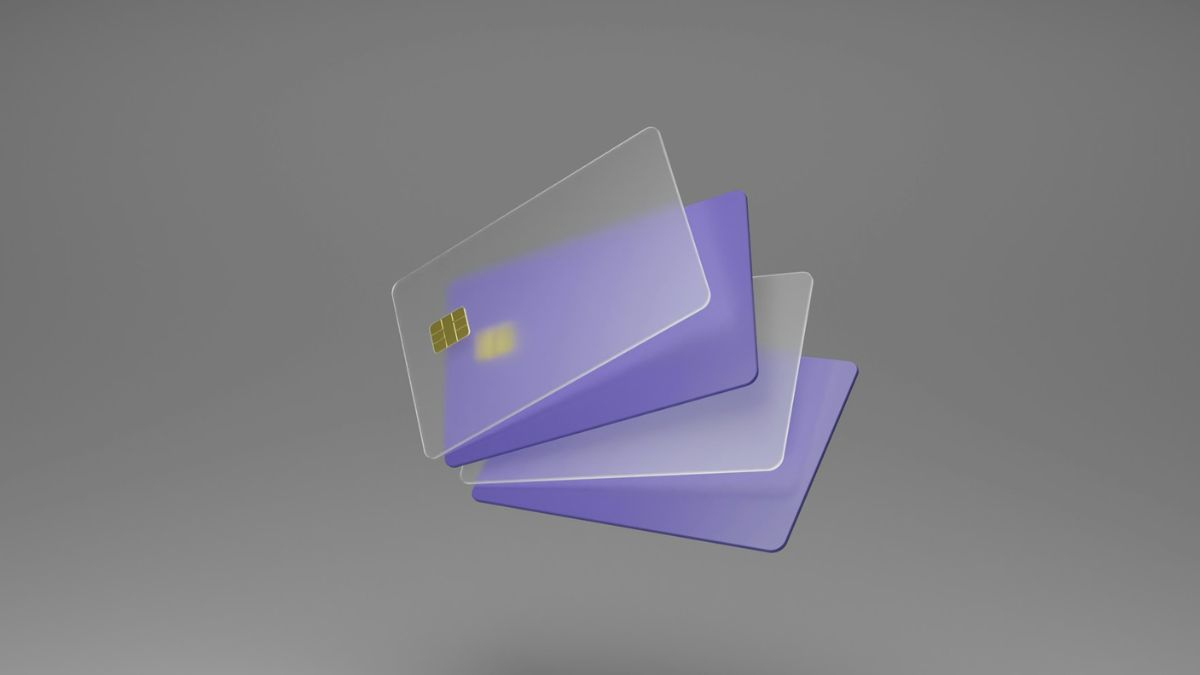The acronyms SNAP and EBT are frequently used interchangeably. While they may both be used to refer to ‘food stamps’ or the food assistance program, they do not mean the same thing. The major difference between them is that one is a benefits program and the other is the method of benefit delivery.
What is SNAP?
The Supplemental Nutrition Assistance Program (SNAP) is a program funded by the US Department of Agriculture (USDA). It aims to provide financial help to low-income families, helping them buy food while combating poverty and impacting the US economy.
What was popularly called Food Stamps was renamed as the SNAP in 2008.
SNAP benefits are accessible to US residents who meet certain eligibility requirements. These requirements vary by US state, and depends on residents’ income level and family size.
What is EBT?
An Electronic Benefits Transfer (EBT) is an electric system that allows SNAP recipients to use their SNAP benefits. It is an upgrade from the old-style color-coded paper food stamps, and comes in the form of payment cards with a magnetic strip and a PIN.
How EBT Works
An EBT card works just like a debit card. It acts as the tool with which SNAP benefits access their benefits, and a medium through which the state government tracks the use of those benefits.
EBT cards are issued to every SNAP beneficiary. Every month, the card is funded with a household’s SNAP benefits. Just like a debit (or credit) card, an EBT card is swiped at the point-of-sale when buying food items at authorized stores. The purchase amount is deducted from their SNAP balance.
Differences between SNAP and EBT
This table shows clear differences between SNAP and EBT.
| SNAP | EBT |
| A program sponsored by the US government to provide food money for eligible individuals and families | A method by which the government to distributes and delivers benefits like SNAP |
| Defines the kinds of food purchases that can be made with this benefits. | Facilitate the buying of food items, and ensures SNAP benefits are used to buy the approved kinds of purchases. |
| Is the program that was formerly called food stamps. | Is an upgrade to paper food stamps, and provides a modern way of using your SNAP benefits electronically |
| Benefits are paid like salary or wages, at the end of every month | EBT cards work like a credit (or debit) card |
| Only provides funds for food purchases | Used to deliver a range of benefits other than SNAP, such as the Temporary Assistance for Needy Families (TANF), Supplemental Security Income for the needy disabled and elderly, and the Supplemental Nutrition Program for Women, Infants and Children (WIC). |
| Eligibility for SNAP and benefits amount depends on household income and size, amongst other factors | EBT cards are accessible by, and issued to every SNAP beneficiary |
| Introduced to help residents buy food, and to reduce poverty levels in the country. | Introduced to reduce the social stigma associated with paper food stamps, and to modernize the benefit distribution process. |
The next time a friend or family interchanges one for the other, politely and respectfully explain to them the differences between the two.
Or better still, direct them to this page!

